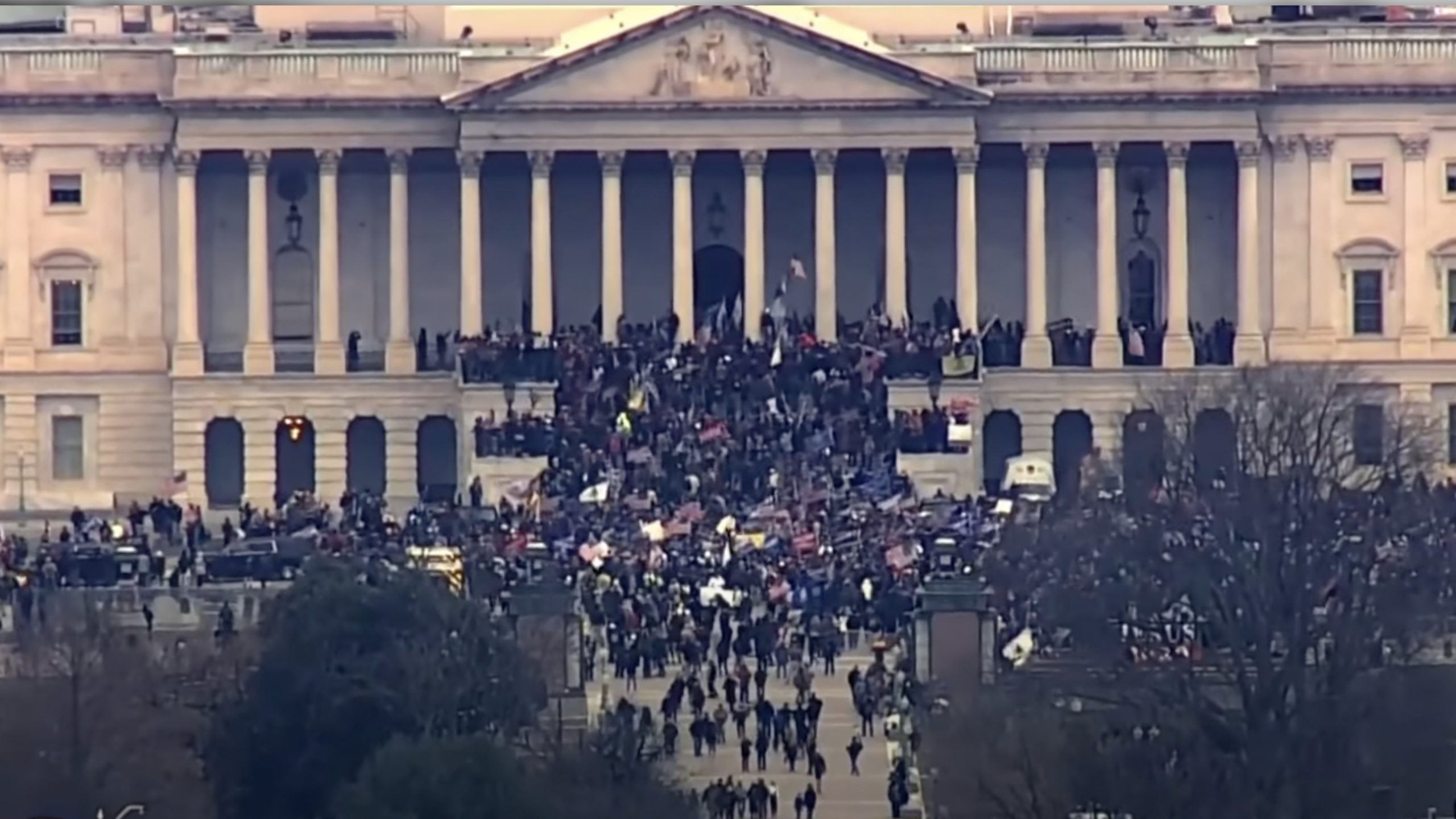

The narrative that the January 6 storming of the US Capitol was organized on social media contributed to the shutdown of alternative tech app Parler, led to mass social media censorship, and was even used by some Big Tech platforms to justify the permanent suspension of President Trump.
But now, the FBI is disputing this narrative, with multiple current and former law enforcement officials telling Reuters there is scant evidence that the events of January 6 were the result of an organized plot and no evidence that Trump was involved in organizing the storming of the Capitol.
Four current and former law enforcement officials, who have been either directly involved or regularly briefed on the FBI's investigations into the storming of the Capitol, told Reuters that "the FBI at this point believes the violence was not centrally coordinated by far-right groups or prominent supporters of then-President Donald Trump."
One of the sources added that "ninety to ninety-five percent of these are one-off cases" and that the remaining five percent "were more closely organized" but "there was no grand scheme with Roger Stone and Alex Jones and all of these people to storm the Capitol and take hostages."
…

Become a Member and Keep Reading…
Reclaim your digital freedom. Get the latest on censorship, cancel culture, and surveillance, and learn how to fight back.
Already a supporter? Sign In.